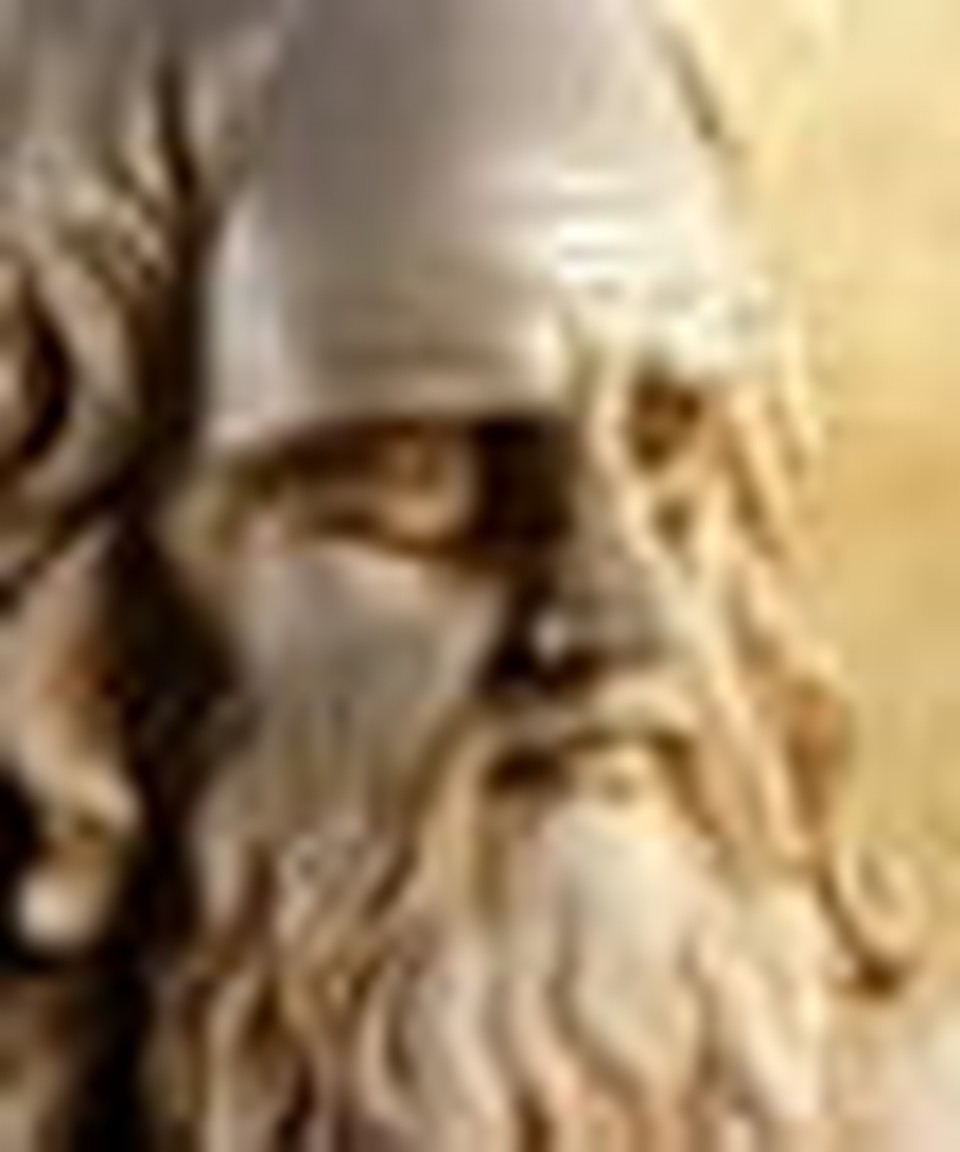Art History and Criticism: Learning About Da Vinci

“A picture is worth a thousand words.”
You’ve heard that familiar phrase. Perhaps you’ve said it yourself. In today’s highly visual culture, the importance of the visual arts in the total human experience cannot be overstated. Integrating art into the standard academic curriculum is a necessity!
It is fairly common to think of the visual arts as paintings or drawings we might see hung on a museum wall. But an appreciation of art is so much more! We are surrounded by shapes, space, texture, and color. Everything in the average American home has an art element to it, namely, design: the pattern in the wallpaper or curtain fabric, the shape of the lamp, the candlestick, even the teakettle. And of course there are things on the walls: photos in frames, paintings or prints, perhaps even a sculptural piece. Although our tastes in design will vary widely, we all appreciate the beauty of a well-designed object. Who doesn’t like the classic lines of the 1965 Ford Mustang? Pure art.
So, then, the question becomes, Why should the home educator include the study of art as part of the core classical curriculum? Answer: Because all of humanity through the ages has used the arts to tell us stories about every aspect of the lives of the people—the culture, the nation, the history, the beliefs. A general understanding of what is involved in art education is probably more valuable to the homeschooler than any artistic talent.
According to one prominent approach to the study of art, Discipline-Based Arts Education (DBAE), there are four components to a well thought-out art program: art history, art criticism, art production, and aesthetics. Home educators should consider all of these components as being equally valuable when they think of teaching “art,” as intimidating as that might be. In this article we will cover the first two components: art history and art criticism, and finish up with the last two in February.
The best way to explain how to encompass all four disciplines is to use a familiar piece of art. Let’s look at Leonardo Da Vinci’s famous fresco, “The Last Supper.”
Art History
Leonardo Da Vinci was the quintessential Renaissance man of the late fifteenth century. He thought of himself as primarily an artist, but Da Vinci was also a mathematician, inventor, scientist, anatomist, geologist, cartographer, botanist, and writer. Da Vinci spent his younger years as an apprentice to a master artist and increased in skill and recognition.
Later on, Da Vinci was asked by his wealthy benefactor to paint a fresco to decorate the refectory (dining hall) in the monastery of Santa Maria delle Grazie. Da Vinci worked on this project from 1495 to 1498. Even though Da Vinci was a great painter, he was constantly experimenting with his materials, so this project took a long time! For centuries, frescoes had been painted by mixing tempera or watercolor paint into the wet plaster of a wall, which required the artist to work quickly before the plaster dried. But Leonardo tried tempera, watercolor, and even oil-based paint on dry plaster in order to get more detail, which took more time. The problem was that this experimental technique really didn’t work, and the paint began to flake off very shortly after the piece was completed.
In the 1600s, someone felt it would be allowable to cut a door through the wall that contained the Da Vinci fresco; consequently, the portion of the original painting that portrayed Jesus’ feet and a portion of the table were lost forever! Over the centuries, a series of artists, seeing that Da Vinci’s original brilliant color was flaking off, tried to preserve the masterpiece by painting over the original, but those efforts failed.
Then, during World War II, a bomb nearly destroyed the monastery. The refectory suffered a lot of damage, but amazingly, the wall with the fresco sustained only minor damage. Over the ensuing years, rain and water damage to the thinner, repaired walls caused mold to grow on the fresco.
After all those years of misfortune, the most famous painting in the world was in serious trouble. So in 1999 a twenty-year restoration was initiated in order to restore the “Last Supper” to Leonardo Da Vinci’s original vision. Most of the layers of additional paint from other artists have been carefully removed, and we can now see the fresco as close to its original state as is possible.
A suggestion for the home educator is to include this art history perspective about “The Last Supper” in a unit of study on the Renaissance or the role of the church in world history.
Art Criticism
Art criticism simply involves talking about art. The viewer will try to get inside the head of the artist and ask questions such as “What was the artist trying to say?” and look at the artwork with a critical eye as it relates to application of the seven art elements: line, shape, space, value, color, texture, and form. But the viewer should also look within himself and ask why he likes or dislikes this particular work.
Being able to talk about a piece of artwork and make it personal is a good way to increase critical thinking skills. There are ample opportunities to connect art to everyday learning. A basic understanding of the seven art elements and the five design principles (balance, proportion, rhythm, emphasis, and unity) can offer a great way to dive into a conversation when your son admires the graphics in a new game or your daughter gushes over a fabric design and texture.
It was during the era of the Renaissance that artists discovered the principles of linear and aerial perspective to bring more realism to their works. Da Vinci pioneered the use of one-point perspective to provide a strong focal point with his sacred subject matter. For example, when looking at “The Last Supper,” one immediately notices the strong perspective that Da Vinci employed in order to direct the viewer’s attention to the head of Jesus. Lines that would follow a path to the point where the ceiling meets the floor, in addition to the lines created by the top of the tapestries on the wall, create a strong vanishing point right at the head of Jesus.
Da Vinci also used geometry to arrange the rest of the composition. All of the twelve disciples are clumped in groups of three to form four triangles on the sides of the table. This can be a fun exercise for kids: Print copies of the image of “The Last Supper” and have your students use a marker to draw shapes to identify geometric aspects of Da Vinci’s composition: the strong linear perspective and symmetrical balance.
This compelling fresco captures the moment in Scripture when Jesus is with His disciples at His last meal and has just said, “I tell you the truth: one of you will betray me.” Christ’s men are dumbfounded, responding with “Surely, not I, Lord!” The personality of each of the disciples can be ascertained by the facial expression and body language that Da Vinci was careful to individualize. It truly is an amazing work of art.
As you can tell, there is a lot you can learn about art without ever touching a pencil. Next month we’ll continue our assessment of “The Last Supper” by utilizing the two remaining components of discipline-based art education: aesthetics and art production. You don’t want to miss it!
P.S. Want to try a brief lesson on perspective with your students? Watch this video, and grab a pencil, a ruler and a piece of paper!
Copyright 2012, used with permission. All rights reserved by author. Originally appeared in the January 2012 issue of The Old Schoolhouse® Magazine, the trade magazine for homeschool families. Read the magazine free at www.TOSMagazine.com or read it on the go and download the free apps at www.TOSApps.com to read the magazine on your mobile devices.
Pat Knepley has been drawing and painting since she was able to hold a crayon. Pat has a degree in art education, a teaching credential, and is an experienced teacher. In addition to being the master artist for the See the Light ART CLASS DVD series, Pat serves as Director of Children’s Ministries at a large church where she is blessed to be able to blend her passions for art, teaching, and reaching kids with God’s Word. Pat lives in Southern California with her husband and two teen boys.
Publication date: January 11, 2013
Originally published January 11, 2013.







